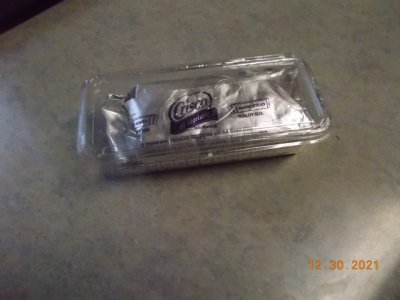- Joined
- Mar 24, 2011
- Messages
- 108
Hi,
I can't tell you how much I've learned in this thread; I've learned to the point of being utterly confused. :
If you are a hobby machinist, if you are concerned with the final result but you don't care whether it takes you 2 minutes or half an hour to get them, if you are restricted to brushing your cooling fluid on the workpiece, what is the advice?
I would like to have just 2 fluids, one for steel and the other one for aluminium. I know there are many different steel and aluminium alloys but I don't usually know which one I am using since my stock comes quite often from scrapped parts. So, please, could someone summarize the basics of cutting fluid for HSM?
Thanks,
José
I can't tell you how much I've learned in this thread; I've learned to the point of being utterly confused. :
If you are a hobby machinist, if you are concerned with the final result but you don't care whether it takes you 2 minutes or half an hour to get them, if you are restricted to brushing your cooling fluid on the workpiece, what is the advice?
I would like to have just 2 fluids, one for steel and the other one for aluminium. I know there are many different steel and aluminium alloys but I don't usually know which one I am using since my stock comes quite often from scrapped parts. So, please, could someone summarize the basics of cutting fluid for HSM?
Thanks,
José


